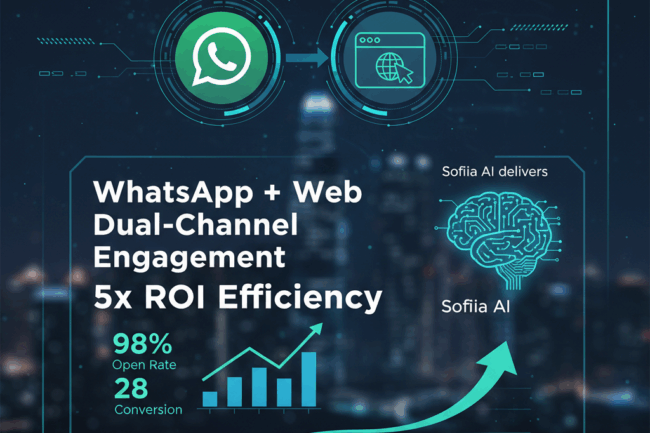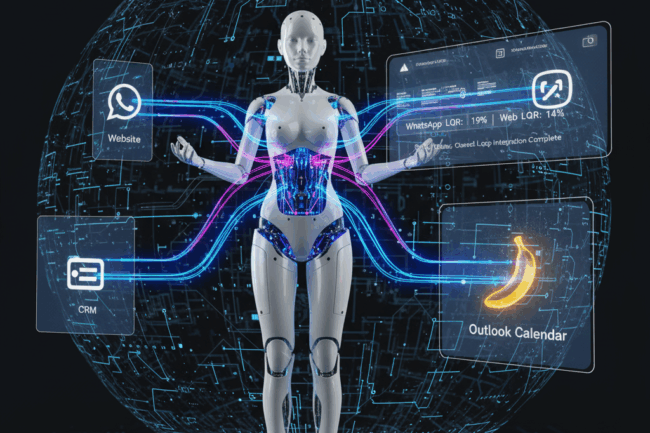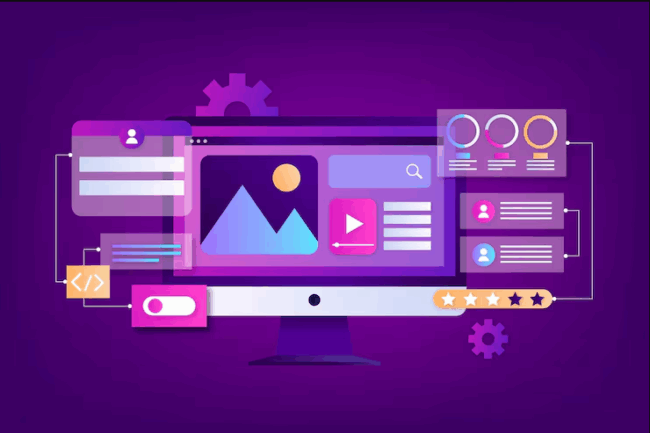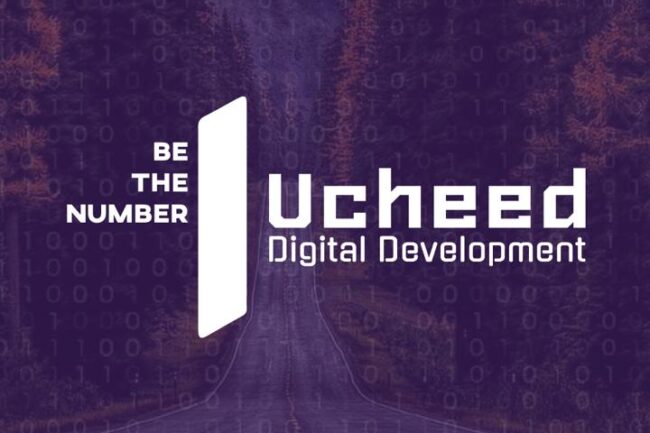Optimizing Customer Experience through WhatsApp + Web Dual-Channel Engagement with Sofiia AI The New Frontier of Customer Experience The modern...
Read MoreCategory: Business
Leveraging Sofiia AI Analytics for Lead Performance and ROI
The Analytics Imperative for Smarter Lead Management Sustained business growth in the current digital ecosystem relies less on lead volume...
Read MoreBusiness Owner ‘s Guide: 7 Critical Mistakes to Avoid for Explosive Growth
No One Tells You How to Be a Business Owner but Here’s What You Should Know Becoming a business owner...
Read MoreWeb Design in 2025: Powerful Trends, Winning Strategies & Key Digital Insights
Nearly 95% of a visitor’s first impression of your business comes from your web design, making it a crucial factor...
Read More
WhatsApp + Web Dual-Channel Engagement: 5x ROI Efficiency.
Optimizing Customer Experience through WhatsApp + Web Dual-Channel Engagement with Sofiia AI The New Frontier of Customer Experience The modern

Leveraging Sofiia AI Analytics for Lead Performance and ROI
The Analytics Imperative for Smarter Lead Management Sustained business growth in the current digital ecosystem relies less on lead volume

Business Owner ‘s Guide: 7 Critical Mistakes to Avoid for Explosive Growth
No One Tells You How to Be a Business Owner but Here’s What You Should Know Becoming a business owner

Web Design in 2025: Powerful Trends, Winning Strategies & Key Digital Insights
Nearly 95% of a visitor’s first impression of your business comes from your web design, making it a crucial factor

Online Presence: The 4 Critical Pillars for Your Digital Success.
Beyond the Business Card: Building a Purpose-Driven Digital Presence that Generates Growth In the hyper-connected world of modern business, the

A World Without WhatsApp: The Immediate Fallout
The Digital Earthquake: How Over-Reliance on WhatsApp Exposes the Urgent Need for Business Resilience The Illusion of Permanence: A World

7 Big Reasons Audio Matters: Why You Need to Listen Up in 2024
Why You Need to Listen Up in 2024: 7 Big Reasons Audio Matters Introduction In today’s fast-paced web ecosystem, audio













